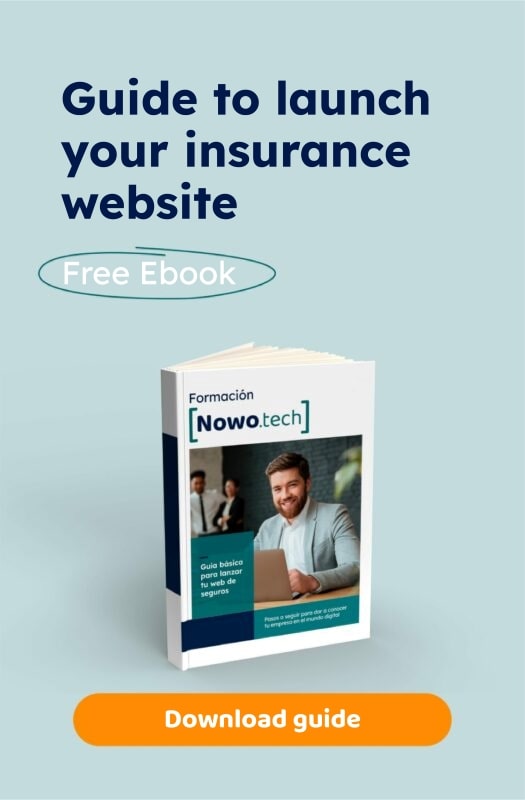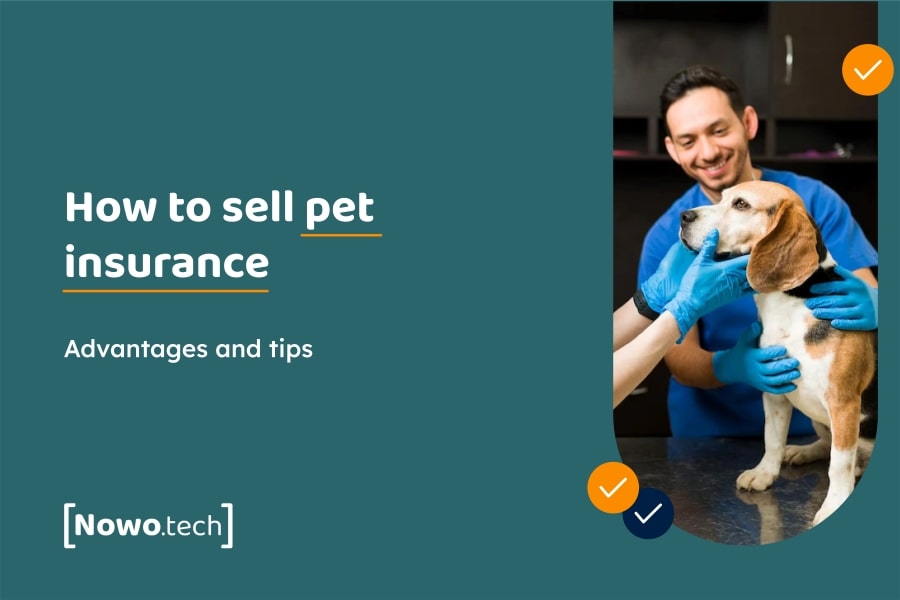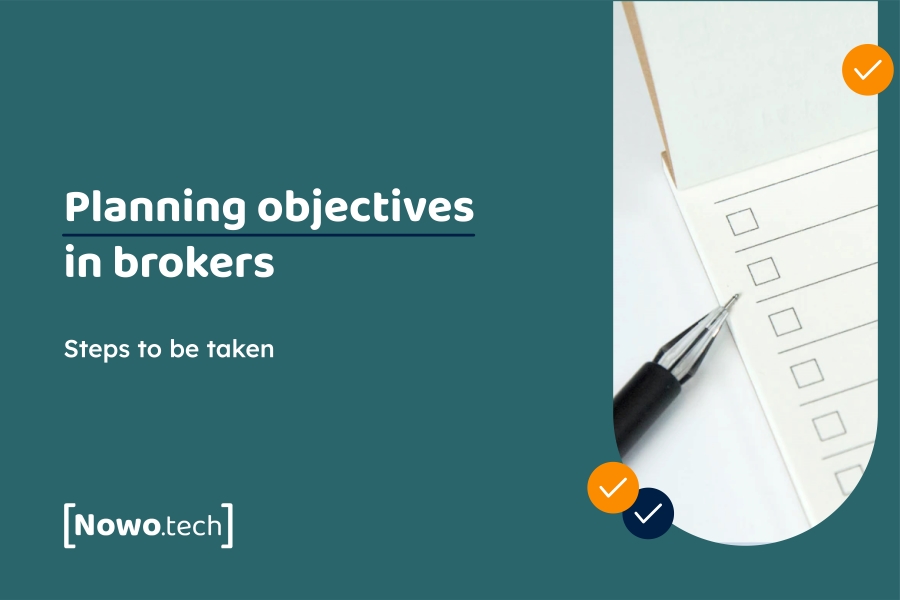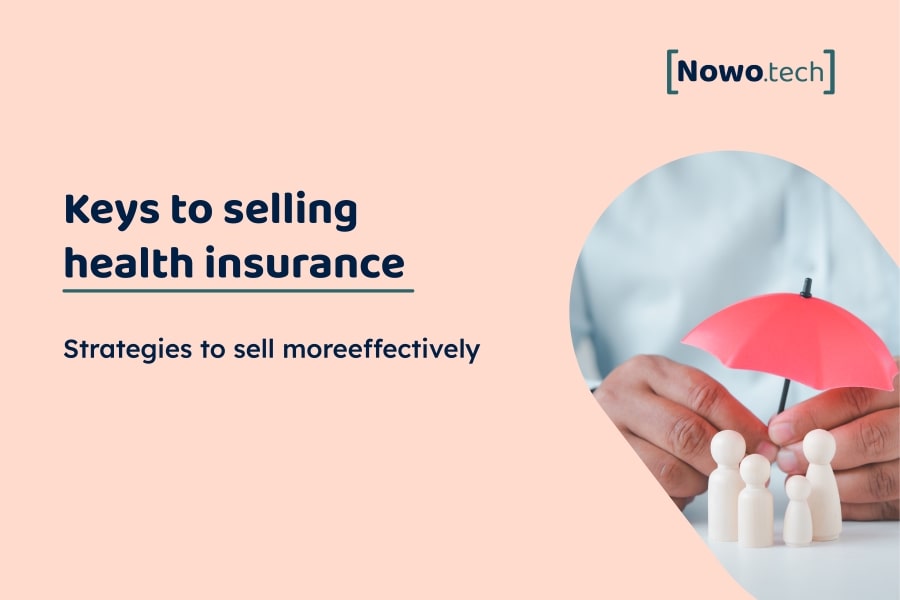More and more brokerages and agents are turning to the Internet for insurance distribution. Today, selling insurance online is within the reach of any business. Creating a website, launching an advertising campaign on social networks or Google Ads… are just some of the options that can be used without the need for a large budget. Even so, it is important to highlight the importance of having a specific insurance marketing plan that justifies the actions to be carried out.
Have a website
Whether you like it or not, today who does not have a website does not exist, and to sell your insurance online, you need it. Having a page where you have all the information relevant to the insurance you offer, giving answers to the most common questions, embedding automatic quotation systems that allow you to get leads…
Think about it: How many times a day do you do searches on Google? What if those users searching for insurance ended up on your website? It could be an interesting sales opportunity, don’t you think?
Social Media
You may not find useful applications of social networks for your business right now. But what if you do in the future, don’t you think you should at least register your company name on the major portals?
If you don’t, not only would you run the risk of someone taking your name, but also that the person behind that profile would publish content that is not positive for your business image.
In addition, for paid campaigns, social networks are very useful resources for segmentation and retargeting.
You can read our post on how to sell insurance on social networks if you want to go deeper into the subject.
Research your competitors
What are they doing? Which insurances are being promoted the most on the Internet? Who are the strongest? What words and communications are they using? It is necessary to resort to tools such as Google Trends or the Google Ads keyword planner to answer the questions in this first phase.
Define your brand
By this we do not only mean indicating the insurer or insurers you are going to work with. Follow an aesthetic line, the same tone and language to communicate… This will ensure that, without the need for a logo, your public will be able to identify your actions.
Add to the most communicative part your value proposition: what makes you different, the reason why they should choose you… For example, if you specialize in specific insurance for self-employed and professionals.
Be clear about who you are targeting
This step consists of knowing your target audience in order to know who you are going to address. To do this, you must first define the following concepts:
Buyer persona
Imagine an “example person” that fits the ideal customer profile you hope to have. Age, geographic location, personal motivations, work objectives, behavioral patterns….
Segmentation
Determine the characteristics that these people would have in common. Devices they tend to use when searching for insurance, keywords….
Reach
It would be the number of people we are going to reach through the campaign we launch.
Mark some objectives
They can be set in two ways:
- Quantitative: if measurable. Increased policy sales, increase in average premium…
- Qualitative: if they are not so tangible goals. Brand awareness, authority in the sector…
How to set goals. SMART formula
Undoubtedly, one of the most popular criteria in marketing when setting objectives:
- Specific: try to make them as specific as possible
- Measurable: measurable through certain indicators and KPIS
- Attainable: be realistic and set reasonably achievable objectives
- Relevant: choose those that are truly relevant to the customers or the business
- Timely: to have them temporarily defined
Measure, analyze and optimize
Dejando pasar un tiempo, es momento de revisar los objetivos que se fijaron previamente, ¿se han conseguido? Es hora de consultar los datos y sacar conclusiones.
Si efectivamente han sido medibles, esta tarea te será muy sencilla. Enriquecer el análisis con datos extra sobre visitas a la web, interacción en rrss, llamadas recibidas, leads adquiridos… pueden ayudarnos a tomar mejores decisiones.
Por supuesto, los expertos en marketing cuentan con numerosas herramientas de medición y análisis de las que os hablaremos próximamente.









